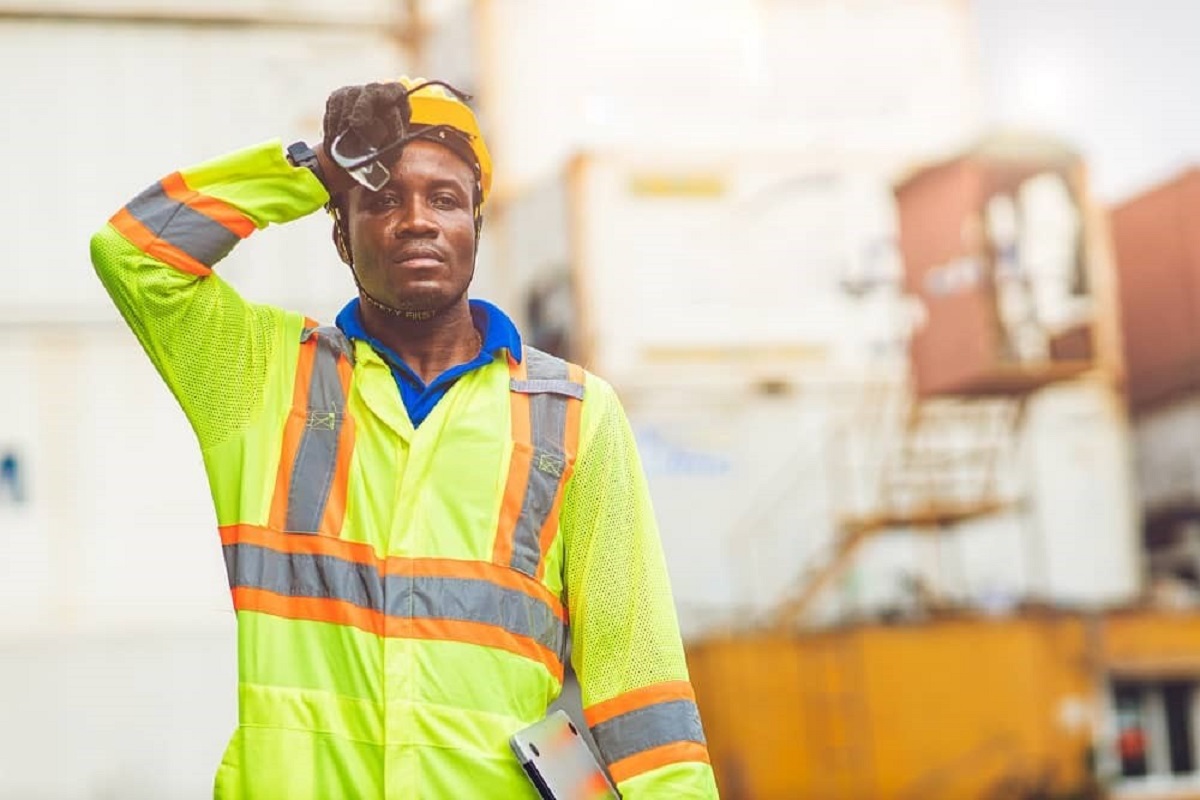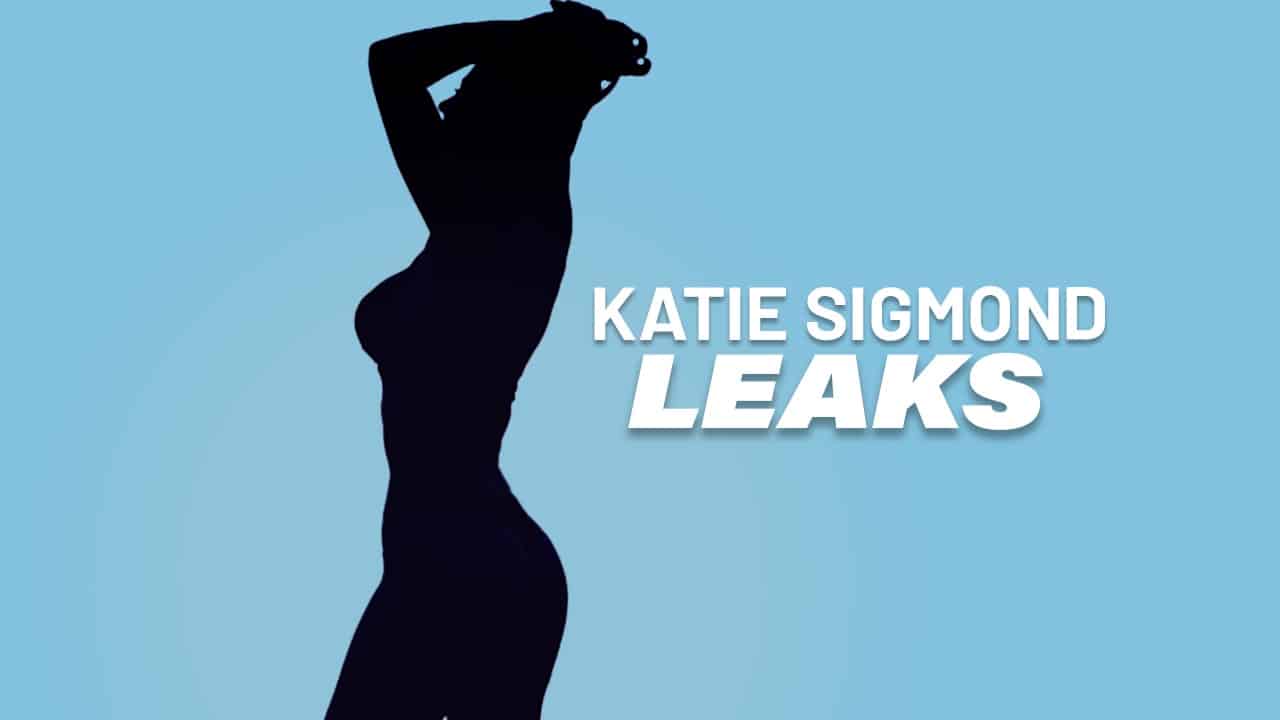Every member of the labor force must battle with diverse weather conditions throughout the year from heavy rains and hurricanes to heat waves and snowstorms. However, these adverse weather conditions are more dangerous to workers working outdoors, in open-to-sky conditions, working in high heat generating environments, and those wearing relatively heavy personal protective equipment (PPE). Examples of such employees include construction workers, oil and gas workers, individuals working with and around hazardous chemicals and materials, and even firefighters and emergency workers.
Exposure to extreme weather conditions and the resultant detrimental impact on workers can be viewed through statistics. According to the U.S. Bureau of Labor Statistics, from 2011 to 2019, 144 workers died due to environmental heat exposure while doing construction, repair, or cleaning work; and another 54 workers died doing materials handling operations (2021). Similarly, in 2017, the U.S. Bureau of Labor Statistics recorded 20,460 ice, sleet, and snow-related injuries (2019).
These facts, reiterate the importance of protecting workers from harsh and adverse weather conditions while bringing to the forefront the criticality for employers to include management of worker safety in extreme weather conditions as an integral part of their safety plans and programs.
Hazards Associated with Severe Weather Conditions
Workers may be exposed to various hazards when working outdoors or carrying out specific occupational work (such as electrical repair) in severe weather conditions. This is because workers endanger their health and well-being by exposing themselves to hazards such as slipping and tripping, loss of balance, floods, drowning, electrocution, being struck by lightning, and being unable to leave a job site, falls and related injuries, falling objects, cold stress, and heat stress. Such hazards not only lead to worker injury and in some cases death; but can also cause employers issues such as loss of productivity, fines from safety administrative bodies such as the Occupational Safety and Health Administration (OSHA) for non-compliance with relevant standards, and a general decline in organizational reputation.
Employers’ Responsibility to Protect Workers in Extreme Weather
So, how can employers manage the safety of workers and protect them from encountering dangerous health and wellbeing situations?
1. Be Prepared
Preparation is the key to ensuring worker safety in extreme weather conditions. Any employer who values employees and has work operations in locations that are prone to extreme weather conditions must prepare for such situations well in advance. They must integrate extreme weather plans and work processes as part of their overall workplace safety programs. To support these efforts, agencies such as OSHA provide guidance that employers can follow. While OSHA has no standalone regulation for worker protection from extreme weather conditions, as per Section 5(a)(1) of the Occupational Safety and Health Act of 1970, it is implied that employers must be responsible; and provide workers with employment and a place of employment that are free from recognized hazards including those related to adverse weather conditions.
2. Provide Training
To ensure workers can recognize relevant hazards arising from different adverse weather situations and implement the necessary procedures and process controls in instances of severe weather conditions, employers must provide them with adequate training covering the following areas.
- Symptom recognition – whether it is from extreme cold or extreme heat.
- How to self-monitor and monitor coworkers being affected by, for instance, heat stress or cold stress.
- Use of appropriate first aid procedures for different emergencies and symptoms.
- How to contact emergency personnel such as firefighters and the emergency medical services (EMS).
- Identify if working in specific areas of the work-site is safe, for instance, working on a scaffold or at heights during hurricane-type weather conditions.
- Use of appropriate clothing, for example, water-resistant coverall in rainy conditions.
- The safety policies, processes, and procedures developed by the organization to safeguard employee safety and health.
Accordingly, all HAZWOPER OSHA Training safety training courses include relevant information on the measures to be implemented in severe or extreme weather conditions.
3. Implement Engineering Controls
Implementing engineering controls to protect workers is one effective method that employers can utilize in instances of some types of weather conditions. During summer, to reduce exposure to heat illnesses, employers should provide workers with covered areas for pre-planned rest periods, especially if they are working in open-to-sky construction sites. During winter, employers can provide heaters in work areas to protect workers from cold stress. Having covered walkways to reach the work area could also ensure workers are safeguarded from slips and trips due to black ice conditions after winter storms and shield workers against high wind conditions. Using areal lifts to reach higher work areas such as roofs can also decrease the possibility of falls from heights in case there is a sudden blizzard that occurs or high-wind conditions that occur without much warning.
4. Implement Safe Work Practices
Implementing safe work practices can facilitate increased safety in the workplace. Find below some practices that employers can implement to reduce worker susceptibility to severe weather conditions and minimize hazards that arise due to the nature of the work or work area being open to adverse environments.
- Implement acclimatization procedures (from heat or cold).
- Schedule timely inspections by competent persons and qualified persons as relevant for scaffolding confined spaces and excavated sites after an adverse weather occurrence.
- Plan jobs that expose workers to heat or cold for cooler or warmers parts of the day, as relevant.
- Avoid exposure to extremely cold temperatures or very hot temperatures, and high-wind conditions, when possible.
- Restricting the amount of time spent under the open sky on extremely cold days or very hot summer days.
- Providing adequate liquids – warm drinks in winter and water in hot weather.
- Worksite supervisors must be trained to understand and monitor the physical condition of workers so that symptoms arising from heat or cold can be recognized and preventive measures can be immediately implemented.
- Monitoring weather channels and media for implementing preventive measures or closing work sites, as required.
- Effective communication on-site and in remote locations to keep workers updated on developing bad weather conditions on-time without undue delays.
5. Design an Effective PPE Program
OSHA requires employers to provide personal protective equipment (PPE) in most instances. For example, fall protection equipment must be provided when working at heights and chemical protective clothing must be provided when working with hazardous substances. However, there is no rule that employers should provide winter clothing or other personal items such as sunblock skin creams to workers. However, by designing effective PPE programs, employers can guide and direct workers on the clothing best suited to different weather conditions such as lighter clothing worn during summer and warm clothing worn during winter. In this case, employees are also responsible to wear proper clothing suited to various weather conditions and taking responsibility for their safety.
6. Planning for Emergencies
All employers must always plan for emergencies than can occur due to extreme weather conditions. Accordingly, relevant information and procedures to handle different situations must be shared with all employees. Emergency personnel in the area must be contacted and notified of work being carried out at construction or other hazmat worksites. Employees must be given all relevant contact details of emergency services and the supervisor or manager must be responsible for executing any emergency evacuation plan for the worksite.
Reference:
Bureau of Labor Statistics, U.S. Department of Labor. (2021, Sep 01). The Economics Daily. 43 work-related deaths due to environmental heat exposure in 2019. Website. https://www.bls.gov/opub/ted/2021/43-work-related-deaths-due-to-environmental-heat-exposure-in-2019.htm
Bureau of Labor Statistics, U.S. Department of Labor. (2019, Mar 04). The Economics Daily. Ice, sleet, and snow-related occupational injury and illness rate were down in 2017. Website. https://www.bls.gov/opub/ted/2019/ice-sleet-and-snow-related-occupational-injury-and-illness-rate-down-in-2017.htm






































